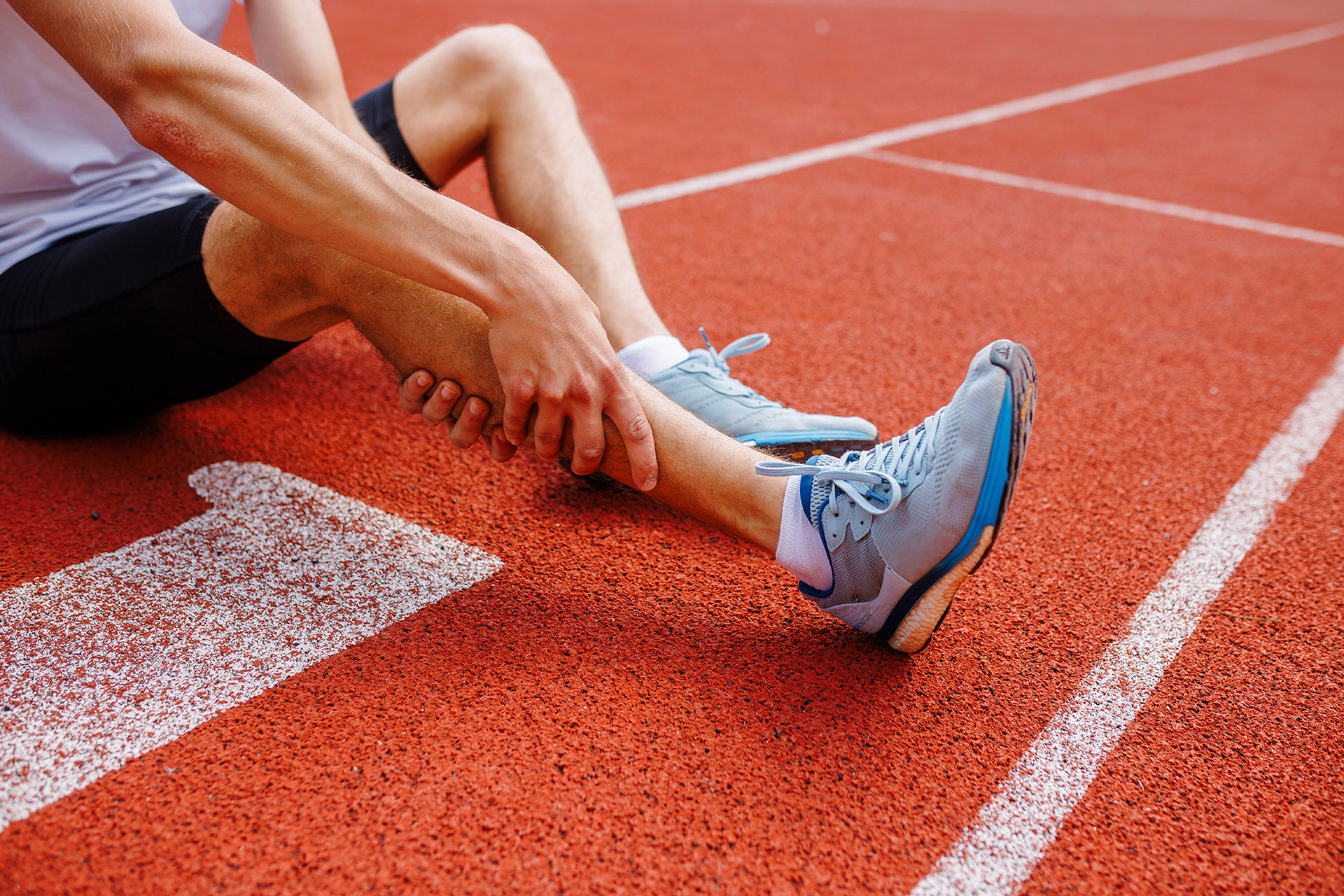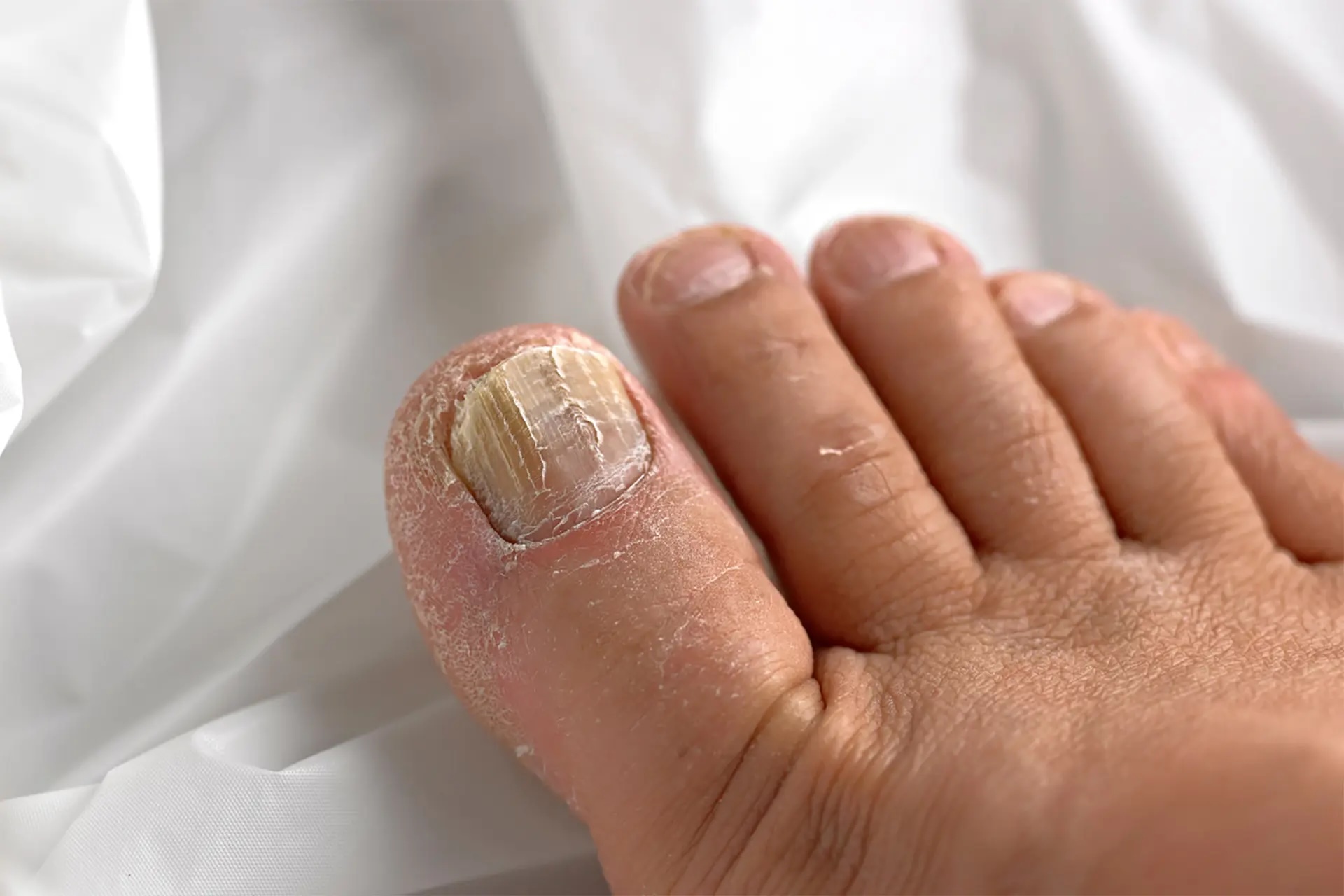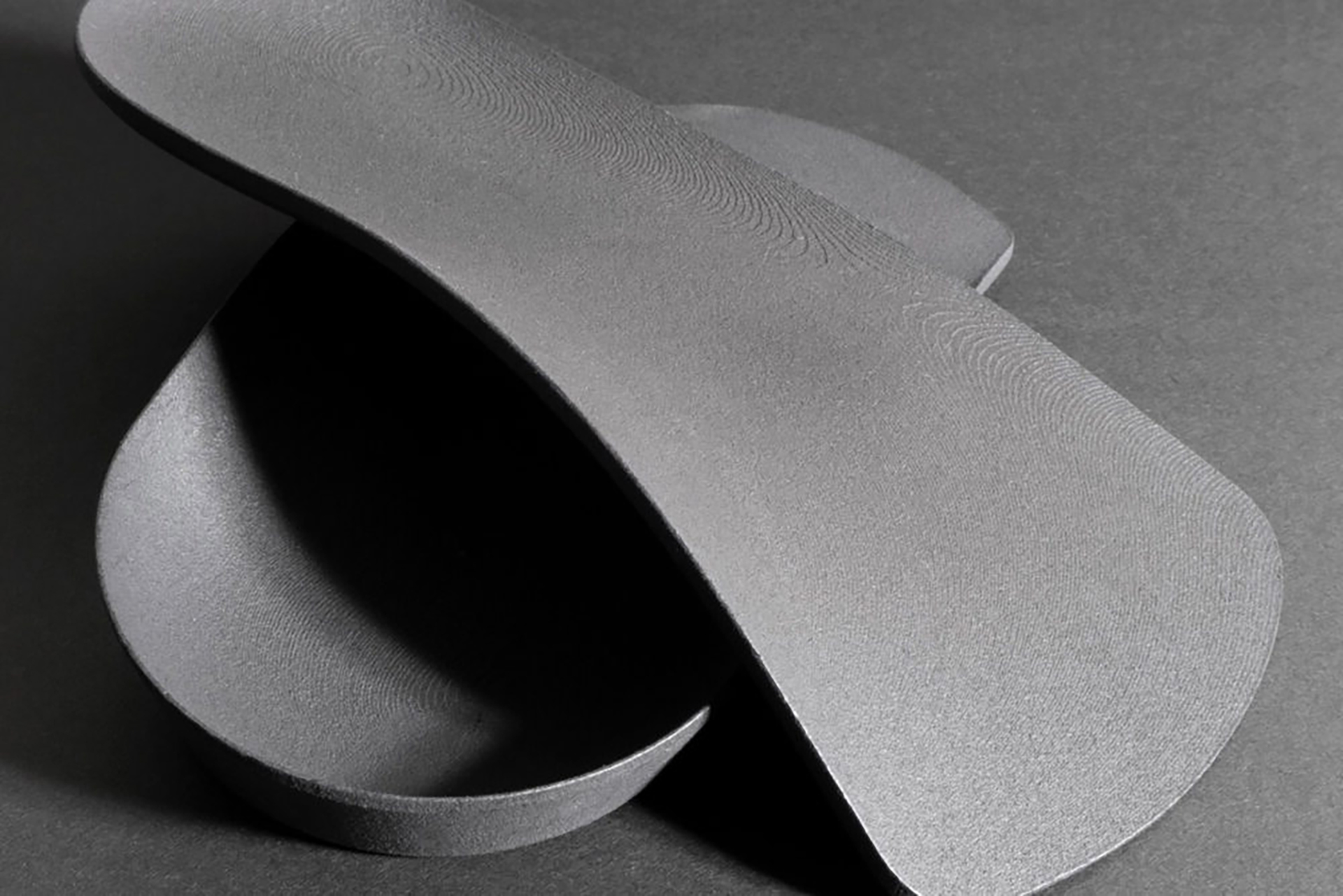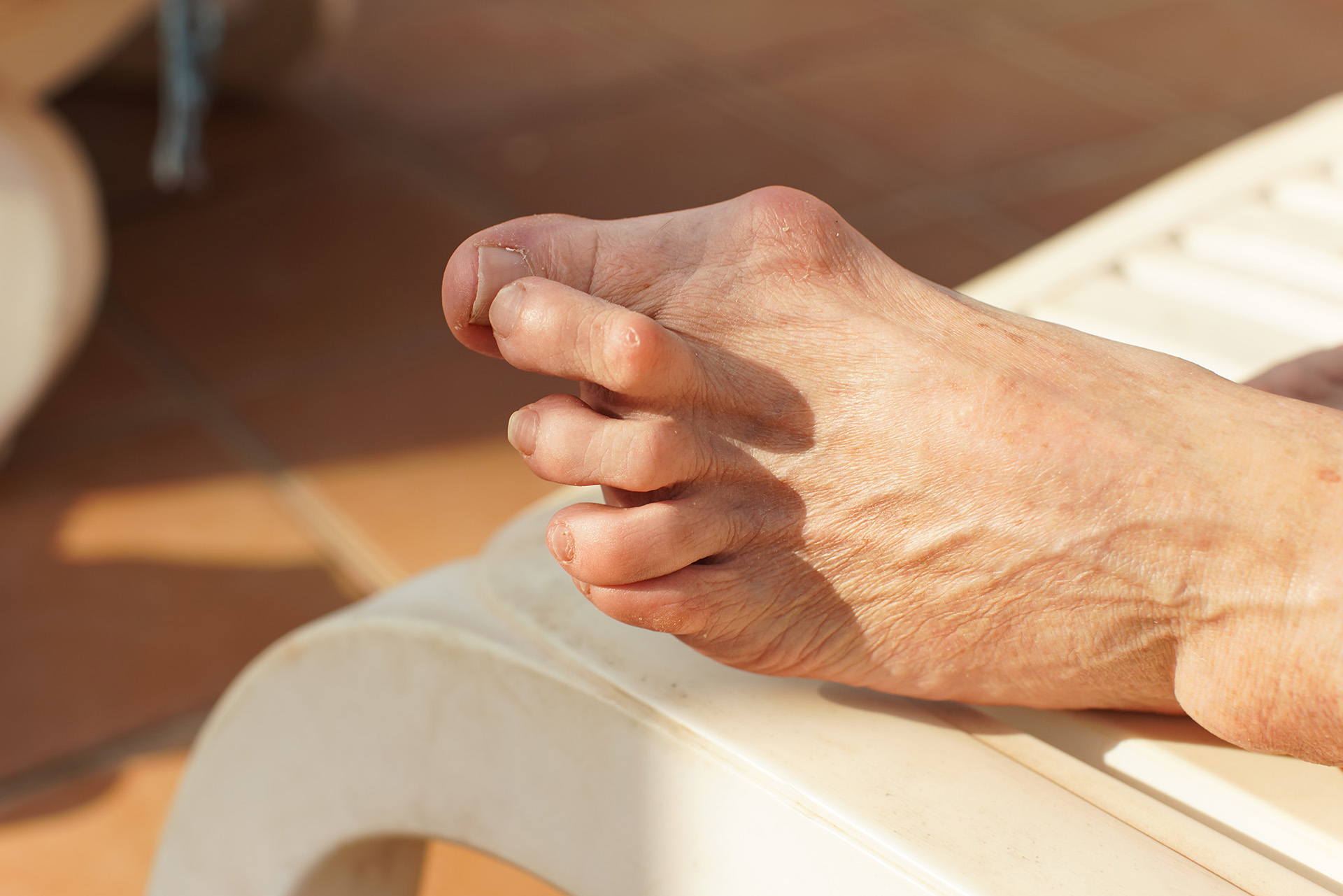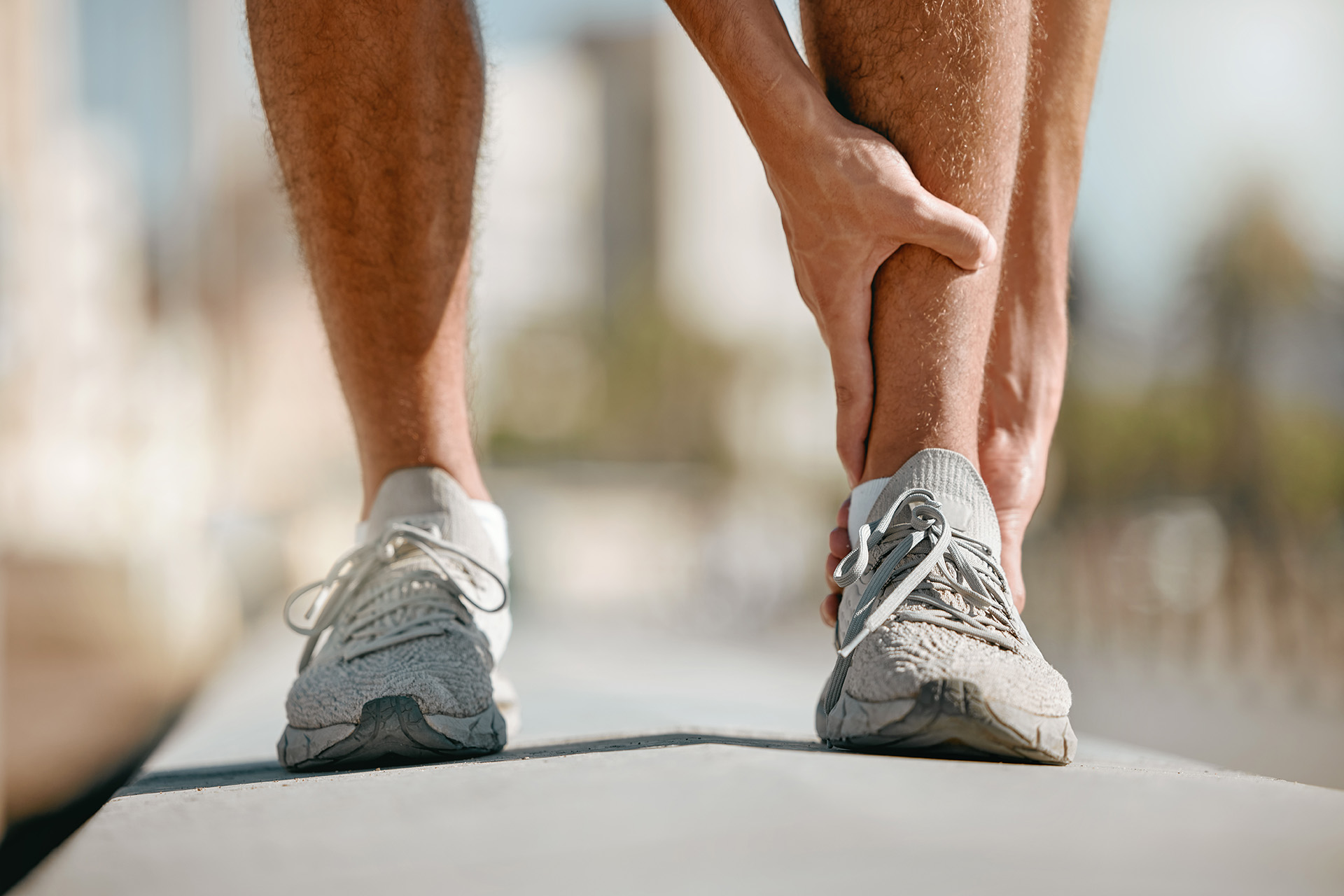What You Need to Know About Tibia Pain
If you’re a runner, you may know this feeling — a dull ache that starts in your shin during your cool down and worsens throughout the day. Or maybe the sharp, stabbing pain forces you to cut your long run short. Either way, tibia bone pain after running is more than just a nuisance; it’s a sign that something in your running ecosystem needs attention.
Many runners dismiss this pain and try to push through. Ignoring tibia bone pain can lead to more serious conditions, including stress fractures that could sideline you for months. Developing shin splints is a common problem among athletes, especially runners, due to overworking the muscles and bone tissue in the lower leg. Understanding the underlying causes of this common but complex issue is the first step towards effective management and prevention.
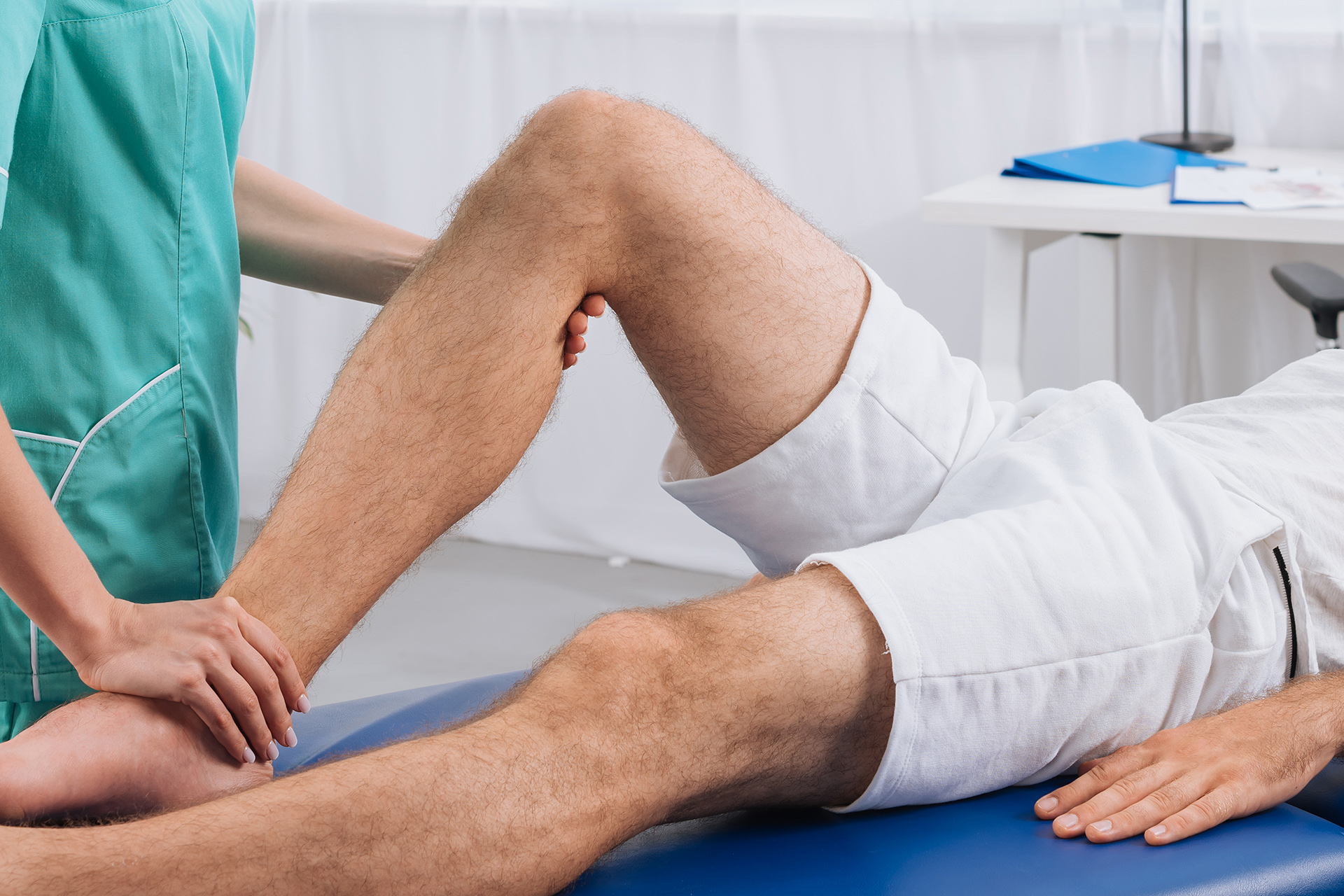
What are Shin Splints?
Shin splints, medically known as the medial tibial stress syndrome, are a common problem among athletes and active individuals. This condition manifests as pain along the inner edge of the shinbone (tibia) and is caused by inflammation of the muscles, tendons, and bone tissue around the shin. While often associated with running, shin splints can also affect anyone involved in high-impact activities such as dancing, gymnastics and military training. The repetitive stress from these activities can cause microtrauma in the bone tissue, resulting in characteristic tibia bone pain.
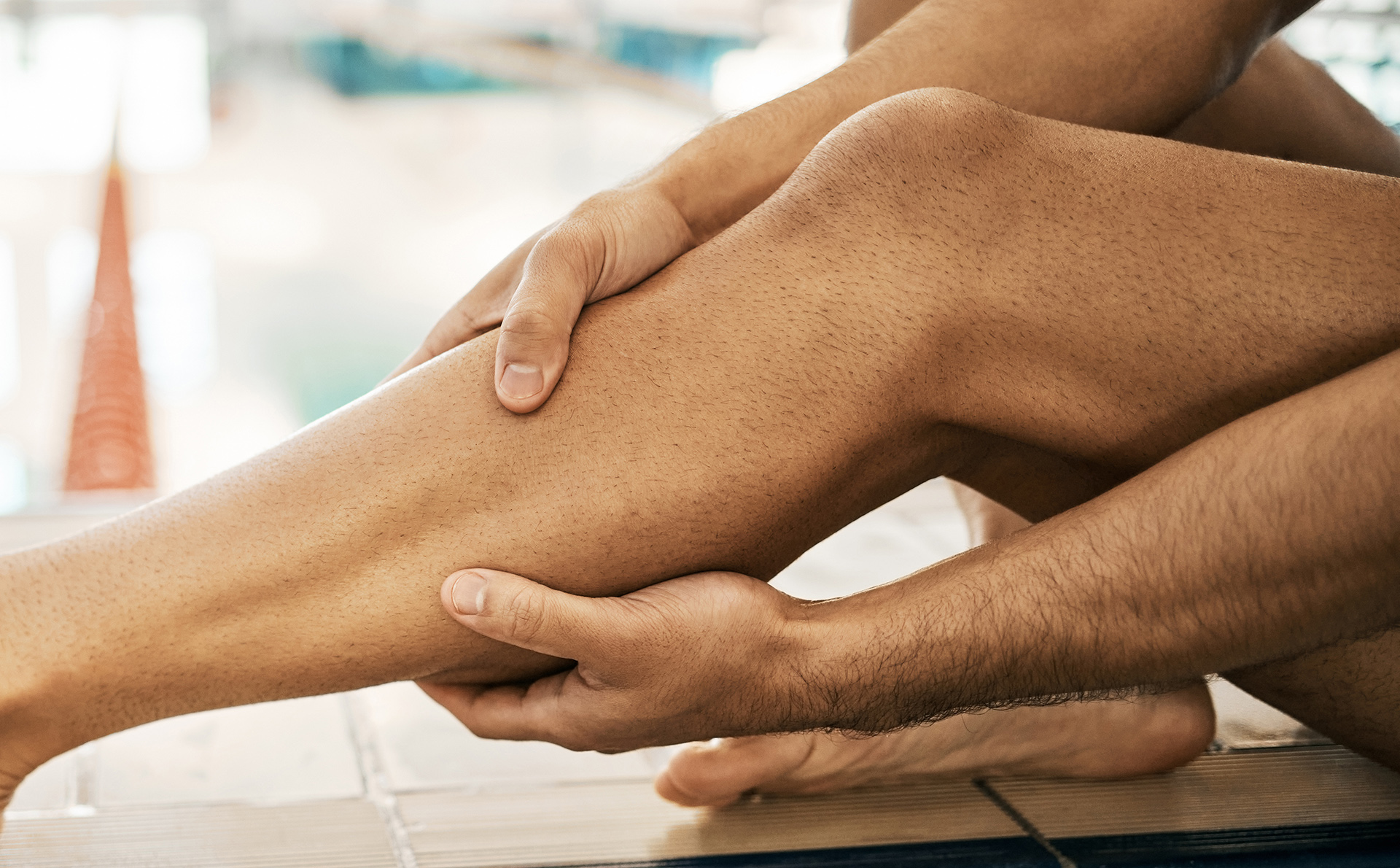
Causes of Shin Pain
Various factors can cause shin pain, often related to overuse and biomechanical issues. Overworking the lower leg muscles, especially without adequate rest, is a leading cause. Poor footwear that lacks proper support or cushioning can also exacerbate the problem, as can running on hard surfaces like concrete, which increases the impact on the shin bone.
Unfortunately, those with flat feet are more prone to this pain due to the altered alignment and increased stress on the tibia. Lastly, sudden changes in exercise routines, such as increasing the intensity or the frequency of workouts too quickly, can also lead to shin splints.

Symptoms and Diagnosis
The hallmark symptom of shin splints is pain along the inner border of the tibia, which can vary from a dull ache to a sharp, intense pain. This pain can be constant or intermittent and often gets worse with physical activity. Mild swelling in the affected area is also common, though it may be hard to notice along the calf.
To diagnose shin splints, a podiatrist will thoroughly examine and review your medical history. Imaging tests like X-rays or MRI scans may be necessary to rule out other conditions that could cause similar symptoms, such as stress fractures or tendinitis. Accurate diagnosis by medical experts such as a podiatrist is key to effective treatment and to preventing further complications.
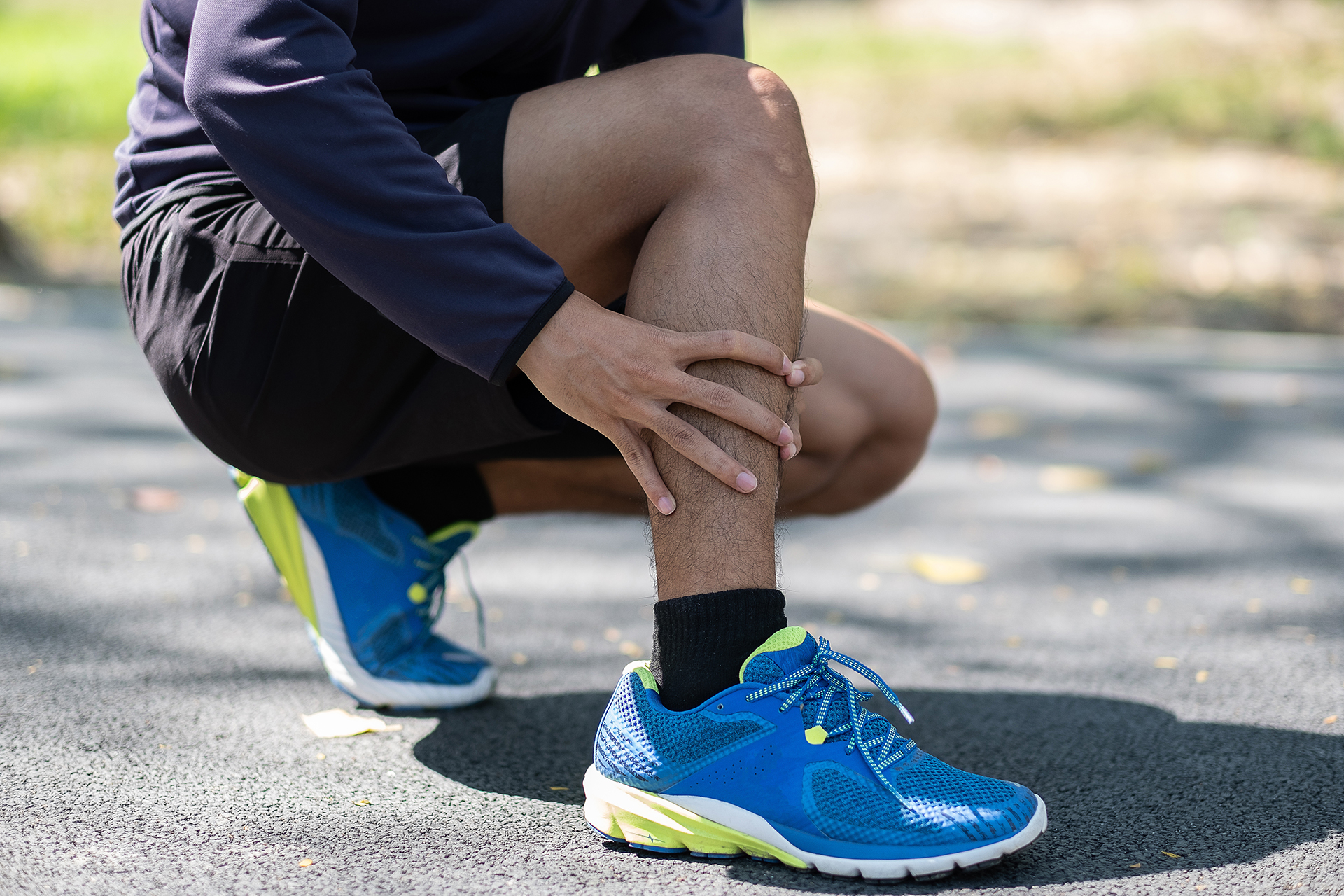
The Biomechanics of Why Your Tibias Hurt
The tibia or shinbone is the larger of the two bones in your lower leg and bears the most impact force when you run. Pain in the tibia bone after running is usually due to excessive stress on this bone and surrounding tissues. It often manifests as lower leg pain, a common symptom of shin splints.
Several factors can contribute to this stress:
- Your running gait may distribute weight unevenly, putting more pressure on specific areas of the tibia.
- Overpronation (excessive inward rolling of the foot) is often the culprit, as it can increase the twisting forces on the tibia with each step while trying to correct your foot’s alignment.
- Running surfaces matter more than you realise. Concrete sidewalks and roads provide little shock absorption, sending impact forces straight up through your tibia.
- Sudden increases in training volume or intensity can also overwhelm your body’s natural adaptation process and lead to inflammation and pain.
- Many runners don’t realise that the arch of your foot plays a huge role. High arches may provide insufficient shock absorption, while flat feet can lead to alignment issues that stress the tibia.
This is where podiatric intervention comes in handy. Your podiatrist can help you strengthen your lower legs through specific exercises and drills that improve stability and agility. Exercises like the active plant skip can target the calf muscles, promote proprioception, and prevent shin splints caused by overuse of lower leg muscles during high-impact activities.
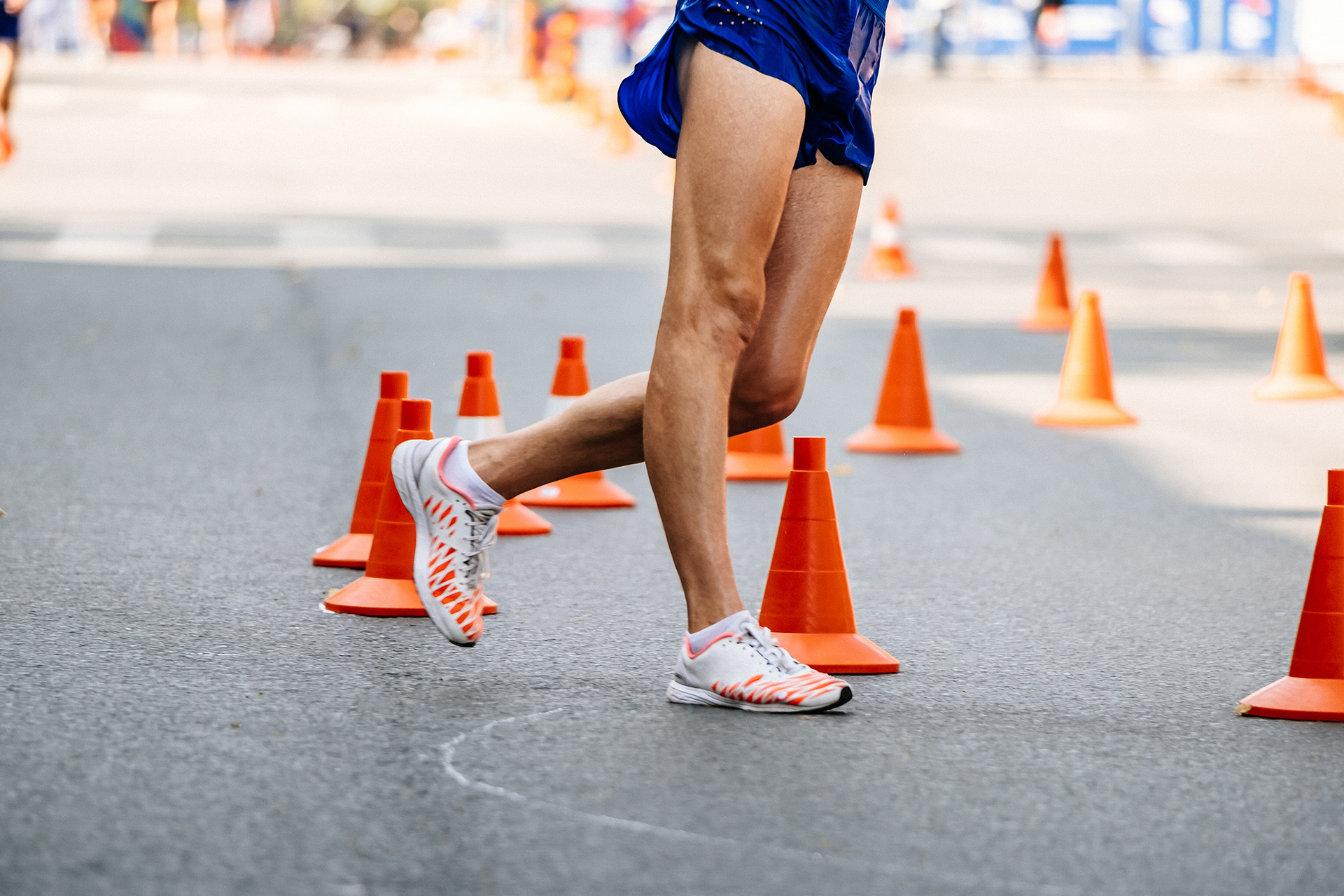
When to See a Podiatrist
You should see a podiatrist if you have persistent pain along the inner edge of your shinbone, mild swelling, or difficulty walking. Early diagnosis and treatment can help manage tibia bone pain effectively and prevent it from worsening.
Seek immediate medical attention if you have severe pain, a swelling that doesn’t improve with rest and ice, or if you can’t walk or bear weight on the affected leg. A podiatrist can provide a plan to manage the condition and advice on preventing shin splints in the future so you can get back to your running and other activities safely without tibia bone pain.
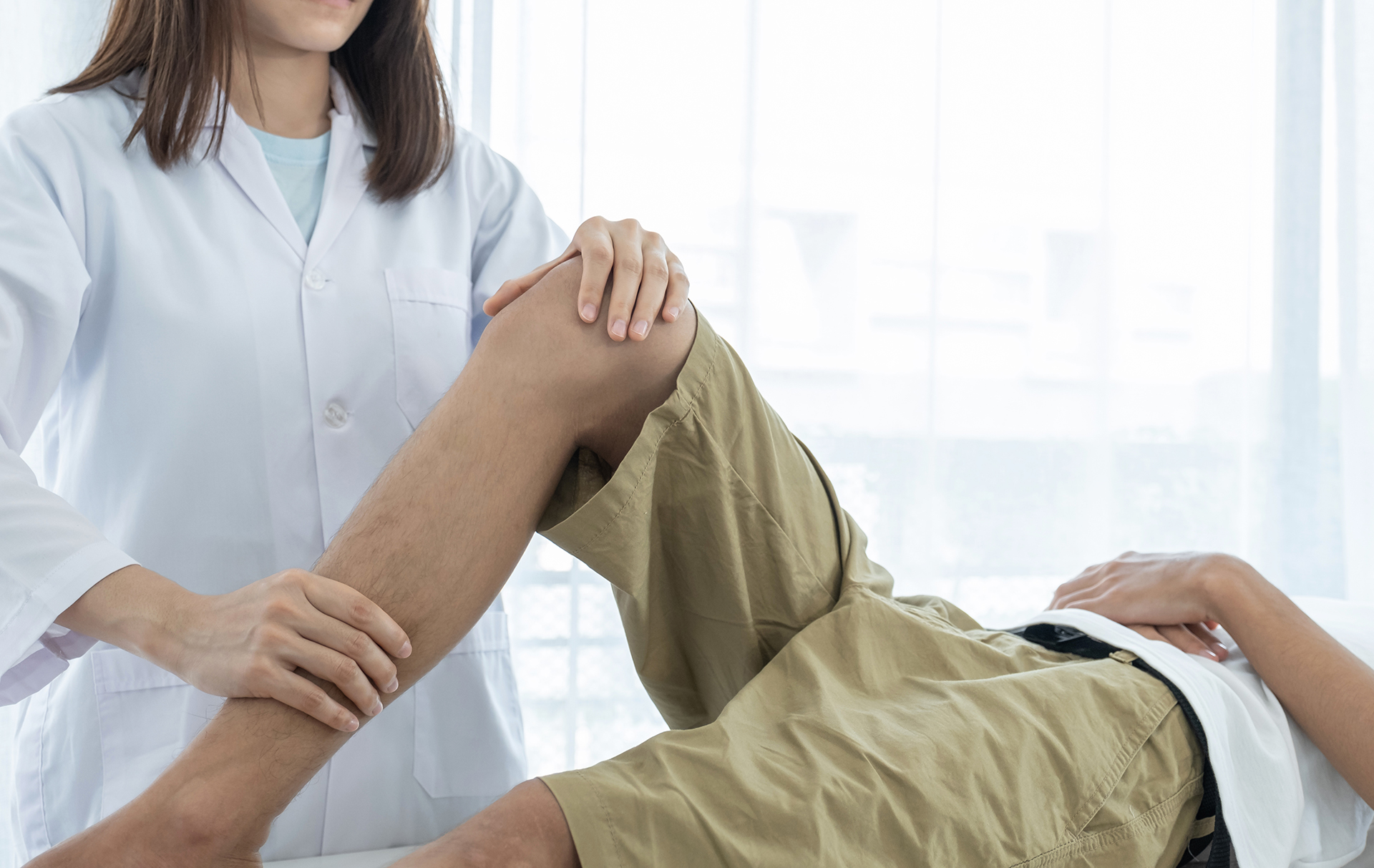
Specialised Podiatric Interventions for Runners
Podiatrists bring a unique perspective to tibia bone pain after running. Unlike general practitioners, podiatrists specialise in the complex relationship between foot biomechanics and overall lower limb function. This specialised knowledge, bolstered by advanced technologies, allows them to identify subtle gait abnormalities and structural issues that others might miss.
The podiatric approach starts with thoroughly assessing your running mechanics, foot structure and tissue health. Instead of prescribing rest and anti-inflammatories, a podiatrist develops a multifaceted management plan tailored to your specific needs. This plan will address the symptoms and the underlying causes of your tibia pain.
Podiatric care’s focus on long-term solutions rather than quick fixes sets it apart from other treatments. By correcting biomechanical issues and improving tissue resilience, podiatrists help runners recover from tibia bone pain and prevent it from returning.
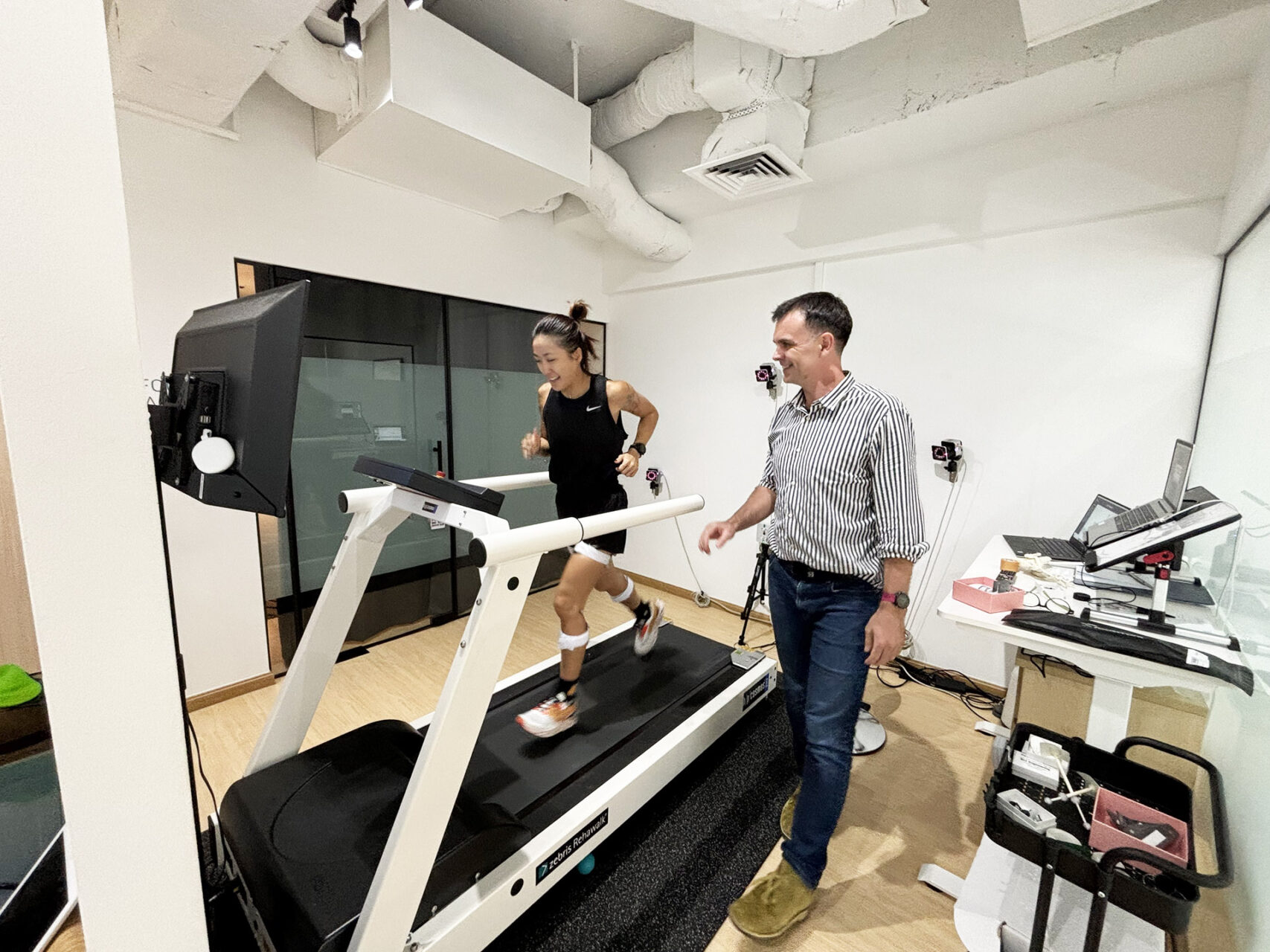
Integrated Podiatric Solutions for Shin Splints
After running, the most effective podiatric care for tibia bone pain combines several complementary interventions that address symptoms and causes. Identifying risk factors, such as improper footwear, and implementing strategies such as cross-training and flexibility exercises are key to preventing shin splints and preventing them from recurring, especially for high-impact activities like running and dancing.
- Inappropriate footwear: Inappropriate footwear contributes significantly to tibia pain. Podiatrists analyse how your current running shoes interact with your unique foot structure and gait pattern and may recommend shoes with better stability if you have overpronation, or more cushioning to absorb impact forces. Podiatric expertise cuts through marketing hype and identifies features that benefit your biomechanics, saving you from trial-and-error purchases.
- Targeted mobilisation exercises: Podiatrists also prescribe targeted mobilisation exercises for the ankle, foot and lower leg, along with proper footwear. These may include ankle circles, calf stretches, and toe yoga to improve flexibility and strengthening exercises for the tibialis muscles to support the tibia during running. Unlike general online routines, these protocols are tailored to your specific limitations and gradually challenge your tissues while respecting their current capacity, avoiding further injury.
- Custom orthoses: Custom orthoses have significant advantages over off-the-shelf insoles for structural support within the shoe. Designed from a 3D scan of your feet, these orthoses redistribute pressure away from vulnerable areas of the tibia, control excessive motion, and improve biomechanical efficiency. For runners with flat feet or high arches, they provide the exact support needed to normalise stress distribution through the tibia. The Foot Practice uses modern 3D printing technology to create orthoses that fit perfectly and address your specific needs.
- Shockwave Therapy: When tibia bone pain persists despite these interventions, Shockwave Therapy offers a noninvasive option. It uses acoustic pressure waves to stimulate healing. This increases blood flow to the affected area, releases growth factors, and encourages collagen production, accelerating tissue healing around the tibia. Many runners see significant improvement in tibia bone pain after just a few sessions of Shockwave Therapy.
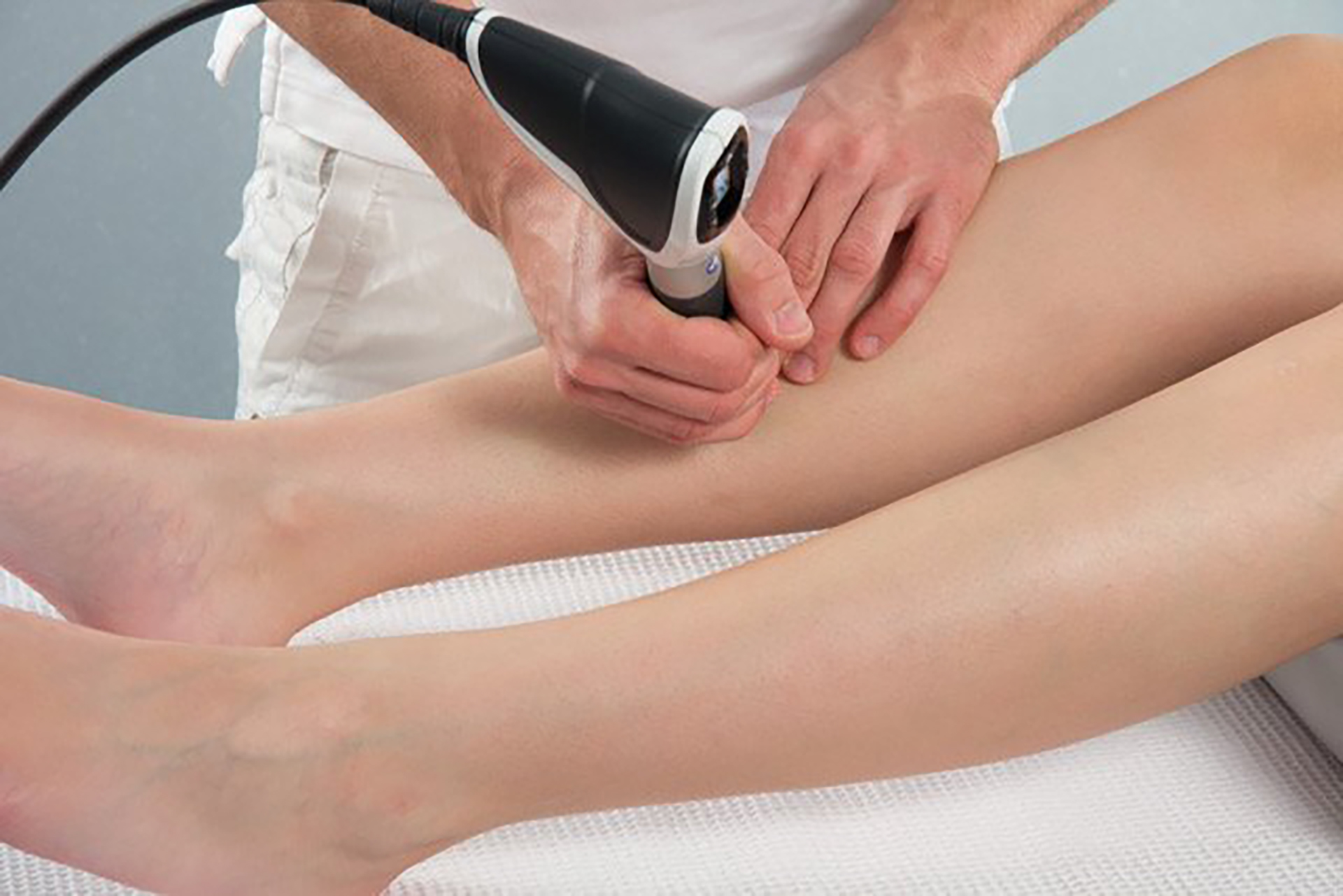
The RehaWalk® Next-Level Analysis for Lower Leg Muscles
In addition to these interventions, the RehaWalk® pressure sensor treadmill provides unparalleled insights into your running mechanics. This best-in-class technology captures detailed data about pressure distribution across your feet throughout your gait cycle, showing exactly when and where excessive forces occur that may contribute to tibia bone pain.
The system’s high-resolution sensors detect subtle imbalances invisible to the naked eye, analysing your movement in real-time under dynamic running conditions. This gives a more accurate picture of how your feet function during running than static assessments.
Shin splints can vary. Medial tibial stress syndrome often presents as a persistent, nagging pain along the tibia. Exertional compartment syndrome may cause a tightening sensation in the surrounding soft tissue, affecting runners during and after physical activity. The Foot Practice’s expert podiatrists use the data from the RehaWalk system to create highly targeted interventions. This includes recommending specific form modifications based on pressure data, designing custom orthoses to match your pressure patterns, or tracking changes in your gait over time to assess treatment success.
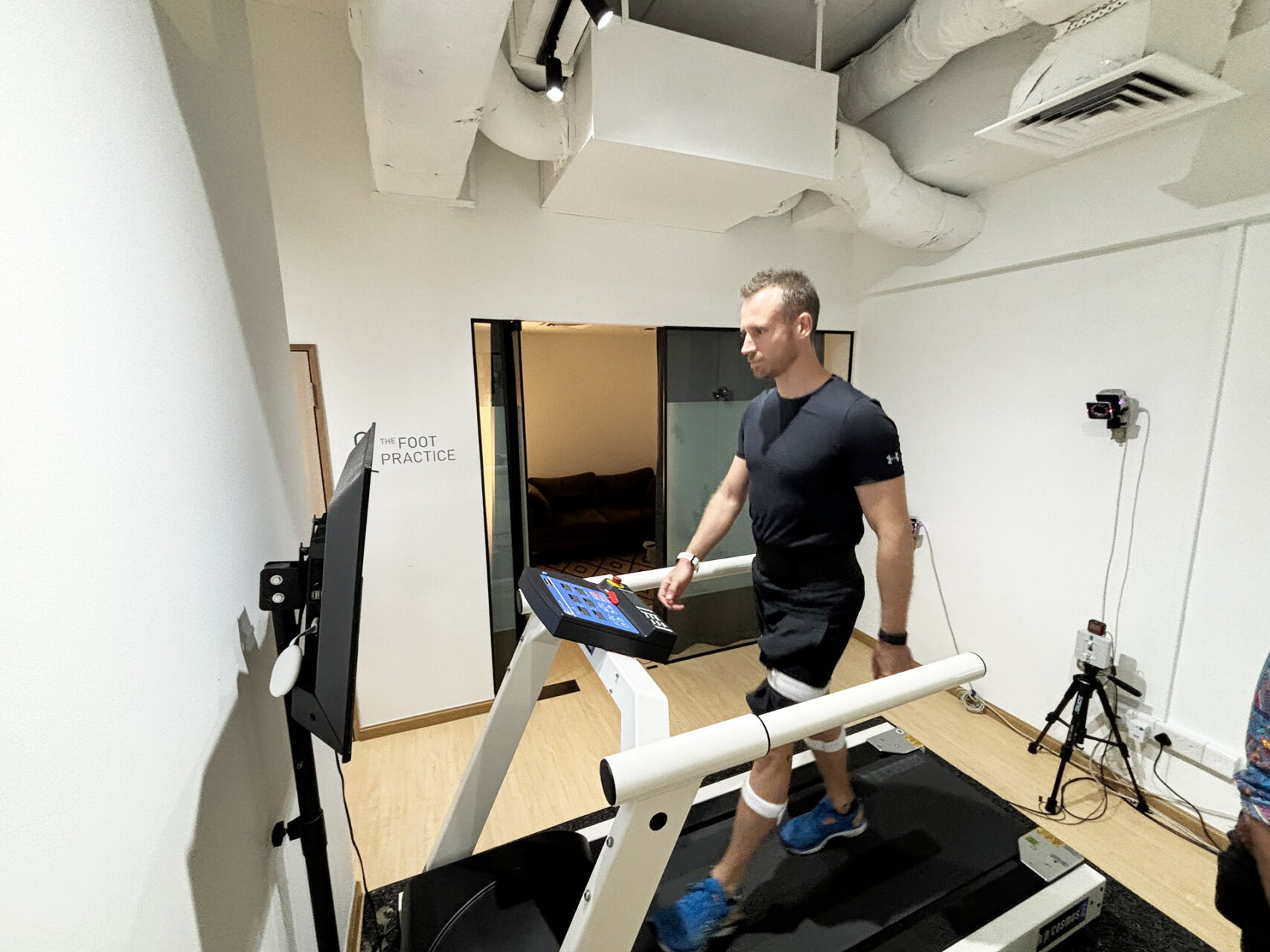
Integrating Podiatric Care into Your Running Journey to Get Rid of Lower Leg Pain
Living with tibia bone pain after running doesn’t have to be your new normal. With comprehensive podiatric care, most runners can overcome this condition and regain pain-free running.
Untreated shin splints can lead to complications like stress fractures and small cracks in the tibia. Diagnosing a stress fracture through imaging tests is crucial to ruling out shin splints and ensuring proper management.
If you’re experiencing tibia bone pain after running, book an appointment with our podiatrist at The Foot Practice today.

